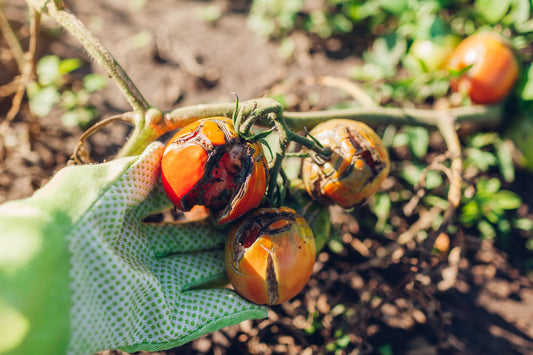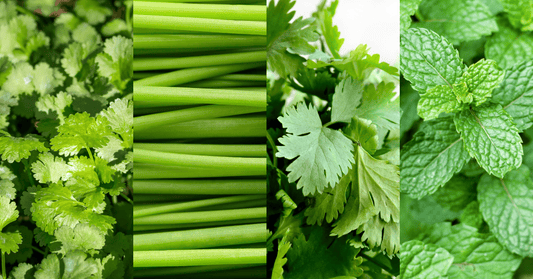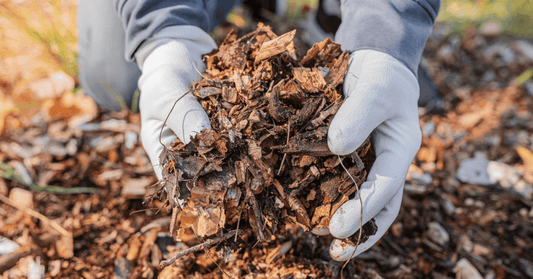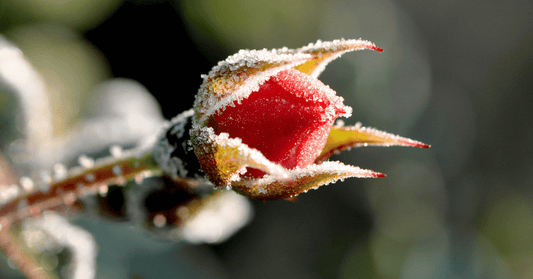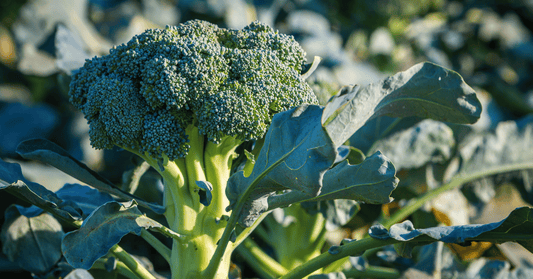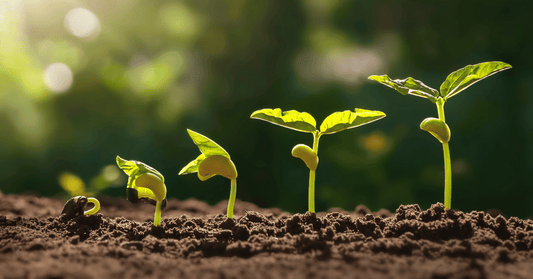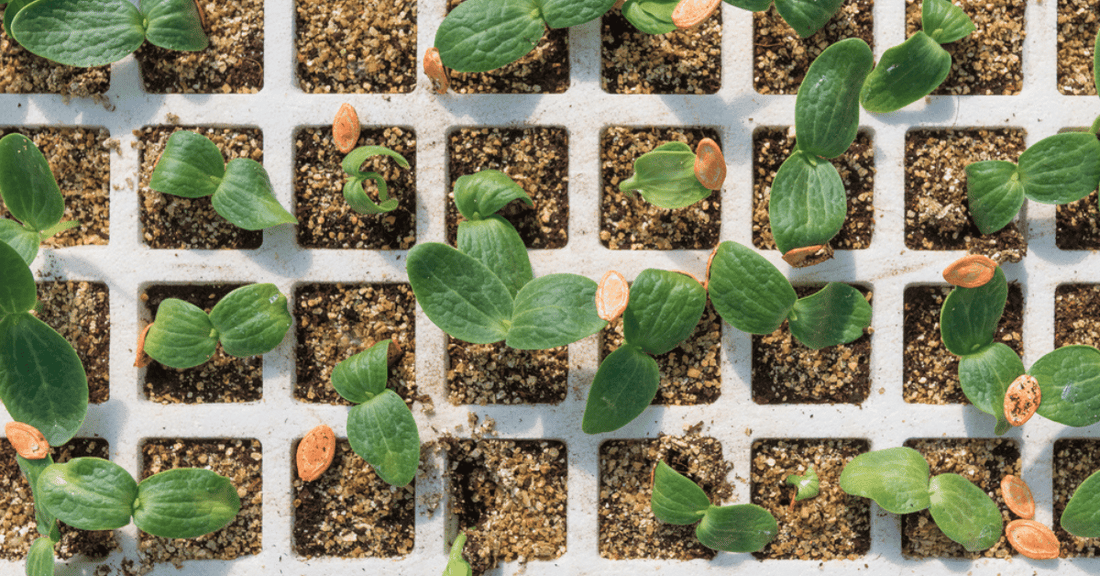
Advancing Your Seed Germination Game: Innovative Techniques and Sustainable Practices
In our previous discussion, we explored the foundational aspects of seed germination and its pivotal role in establishing thriving gardens. Building upon that knowledge, let's delve further into advanced techniques and sustainable practices that can elevate your germination success and contribute to a more eco-conscious gardening approach.
Advanced Germination Techniques
- Hydroponic Seed Starting:
Hydroponic systems provide an efficient and controlled environment for germinating seeds. By using nutrient-rich water solutions instead of soil, this method ensures optimal conditions for rapid and vigorous seedling growth.
- Germination Chambers:
Creating customized germination chambers allows precise control over temperature, humidity, and light, mimicking ideal conditions for different seed varieties, thereby maximizing germination rates.
- Seed Priming:
Priming involves pre-soaking seeds in a solution to initiate the germination process before planting. This technique enhances uniformity and speed of germination, particularly useful for crops with uneven germination rates.
Specialized Considerations
- Heirloom and Open-Pollinated Seeds:
Preserving genetic diversity is crucial for sustainable gardening. Heirloom and open-pollinated seeds offer genetic stability and adaptability, contributing to biodiversity in gardens and ecosystems.
- Seed Saving and Exchange Programs:
Engaging in seed-saving practices and participating in seed exchange networks fosters a community-driven approach to preserve rare and indigenous plant varieties, promoting sustainability and resilience in gardening.
- Microgreen Production:
Exploring microgreen cultivation involves germinating seeds for a short period to harvest young, nutrient-dense greens. This method provides a quick turnaround for fresh produce and can be done indoors year-round.
Sustainable Germination Practices
- Companion Planting:
Utilizing companion planting techniques promotes natural pest control, enhances soil fertility, and maximizes space utilization by interplanting compatible species, fostering a harmonious garden ecosystem.
- Organic Fertilizers and Soil Amendments:
Embracing organic fertilizers and soil amendments like compost, worm castings, and natural amendments enriches soil health, supporting robust seed germination and fostering a sustainable growing environment.
Consider the dynamic duo of EM® Bokashi and EM-1®. EM® Bokashi, a fermented organic matter, acts as a powerful soil conditioner and compost accelerator, enriching your soil with beneficial microorganisms. When paired with EM-1®, a versatile microbial solution, the synergy between these two enhances nutrient availability, promotes soil structure, and suppresses harmful pathogens. EM-1® introduces a diverse array of beneficial microbes, ensuring a balanced and thriving soil ecosystem. Together, EM® Bokashi and EM-1® create an ideal environment for plant growth, boosting nutrient absorption and fostering a sustainable, vibrant garden. Embrace the transformative power of these innovative solutions to elevate your gardening experience and contribute to a healthier, more resilient ecosystem.
- Water Conservation Techniques:
Implementing water-saving techniques such as mulching, drip irrigation, and rainwater harvesting minimizes water waste, ensuring efficient hydration for germinating seeds while reducing environmental impact.
Embracing Change for Sustainable Growth
As gardeners, embracing innovation and sustainable practices in seed germination contributes not only to the success of our gardens but also to the larger goal of environmental stewardship. By integrating advanced techniques, considering specialized aspects, and prioritizing sustainable practices, we can foster resilient, diverse, and thriving gardens while minimizing our ecological footprint.
Conclusion
Continuously expanding our knowledge and adopting innovative yet sustainable practices in seed germination empowers us to become stewards of change in the gardening world. By harmonizing advanced techniques with eco-conscious approaches, we not only cultivate flourishing gardens but also contribute to the broader movement towards sustainability, biodiversity, and environmental preservation.
